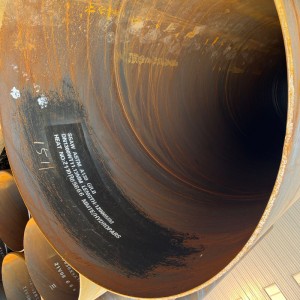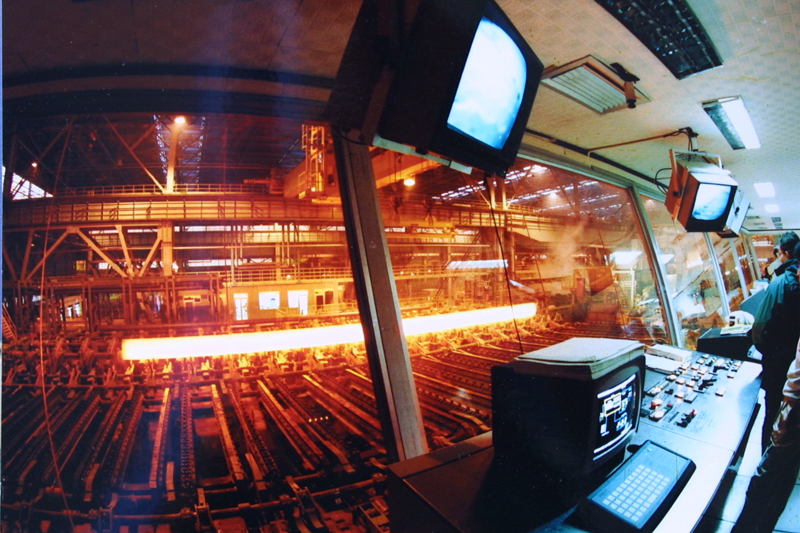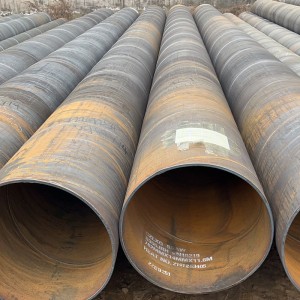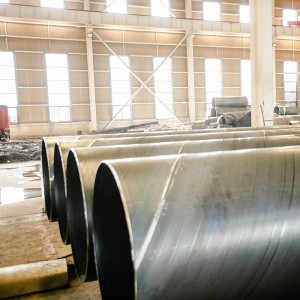Understanding the Benefits of ASTM A139 Spiral Steel Pipe for Underground Natural Gas Pipelines
Introduce:
When it comes to natural gas transportation, the importance of underground pipelines cannot be overstated. These pipelines ensure the safe and efficient delivery of this vital energy to homes, businesses and industry. To ensure the longevity, reliability and resiliency of these pipes, the use of high-quality materials is crucial. Among the many options available, ASTM A139 spiral steel pipe stands out as a special choice. In this blog, we’ll dive into the features and benefits that make ASTM A139 the material of choice for underground natural gas pipelines.
Mechanical Property
| Grade A | Grade B | Grade C | Grade D | Grade E | |
| Yield strength, min, Mpa(KSI) | 330(48) | 415(60) | 415(60) | 415(60) | 445(66) |
| Tensile strength, min, Mpa(KSI) | 205(30) | 240(35) | 290(42) | 315(46) | 360(52) |
Chemical Composition
|
Element |
Composition, Max, % |
||||
|
Grade A |
Grade B |
Grade C |
Grade D |
Grade E |
|
|
Carbon |
0.25 |
0.26 |
0.28 |
0.30 |
0.30 |
|
Manganese |
1.00 |
1.00 |
1.20 |
1.30 |
1.40 |
|
Phosphorus |
0.035 |
0.035 |
0.035 |
0.035 |
0.035 |
|
Sulfur |
0.035 |
0.035 |
0.035 |
0.035 |
0.035 |
Hydrostatic Test
Each length of pipe shall be tested by the manufacturer to a hydrostatic pressure that will produce in the pipe wall a stress of not less than 60% of the specified minimum yield strength at room temperature. The pressure shall be determined by the following equation:
P=2St/D
Permissible Variations In Weights and Dimensions
Each length of pipe shall be weighed separately and its weight shall not vary more than 10% over or 5.5% under its theoretical weight, calculated using its length and its weight per unit length.
The outside diameter shall not vary more than ±1% from the specified nominal outside diameter.
Wall thickness at any point shall not more than 12.5% under the specified wall thickness.
Length
Single random lengths: 16 to 25ft(4.88 to 7.62m)
Double random lengths: over 25ft to 35ft(7.62 to 10.67m)
Uniform lengths: permissible variation ±1in
Ends
Pipe piles shall be furnished with plain ends, and the burrs at the ends shall be removed
When the pipe end specified to be bevel ends, the angle shall be 30 to 35 degree
ASTM A139: Selection of Underground Natural Gas Pipelines:
1. Strength and durability:
ASTM A139 spiral steel pipe is known for its excellent tensile and impact strength. These qualities are critical for underground natural gas pipelines because they are constantly exposed to a variety of environmental and underground pressure conditions. The spiral design of the steel pipe enhances its structural integrity, allowing it to withstand higher external pressures and reducing the risk of leaks or ruptures.
2. Corrosion resistance:
Underground pipes are susceptible to corrosion caused by water, soil chemicals and other factors. ASTM A139 spiral steel pipe solves this problem by providing superior corrosion resistance. This is mainly due to its zinc-rich coating, which provides a protective barrier against corrosive elements, ensuring the longevity of the pipe and reducing the need for frequent maintenance or replacement.
3. Weldability and versatility:
ASTM A139 spiral steel pipe has excellent weldability, allowing for smooth, efficient joints during installation. This feature is particularly beneficial for underground natural gas pipes, as it ensures the integrity of the pipeline system and minimizes the risk of leaks. Additionally, the versatility of spiral steel pipe allows it to be easily manufactured in a variety of lengths and diameters to meet different project requirements, thus aiding in cost-effectiveness and customization.
4. Cost-effectiveness:
Another significant advantage of using ASTM A139 spiral steel pipe for underground natural gas pipelines is its cost-effectiveness. The material’s durability, corrosion resistance and ease of installation reduce long-term maintenance and replacement costs. Additionally, its high strength-to-weight ratio reduces the need for extensive support structures during installation, resulting in overall cost savings.
5. Environmental considerations:
ASTM A139 spiral steel pipe is manufactured using environmentally friendly processes and adheres to strict safety standards. Its corrosion-resistant properties help prevent gas leaks, ultimately minimizing environmental impact. Additionally, the steel’s recyclability makes it an environmentally friendly option, further emphasizing the sustainable benefits of using ASTM A139 spiral steel pipe for underground natural gas pipelines.
In conclusion:
Choosing the right materials for underground natural gas pipelines is critical to ensuring the safe, efficient and reliable transportation of this valuable energy source. ASTM A139 spiral steel pipe is an excellent choice due to its strength, durability, corrosion resistance, weldability, cost-effectiveness, and environmental considerations. Its unique properties make it the first choice for engineers and project managers looking to build underground natural gas pipelines that will stand the test of time. By investing in quality materials like ASTM A139 spiral steel pipe, we can ensure a sustainable and safe natural gas distribution infrastructure for generations to come.










